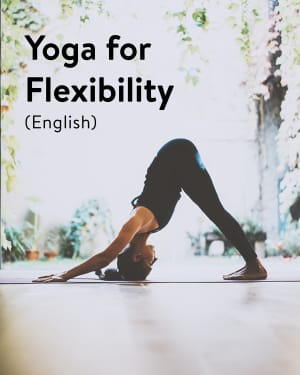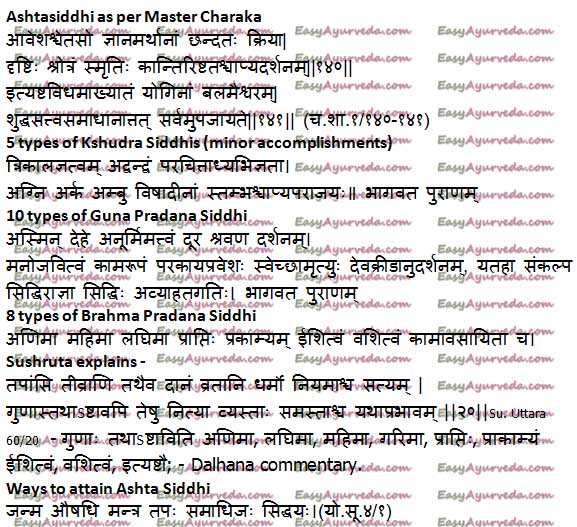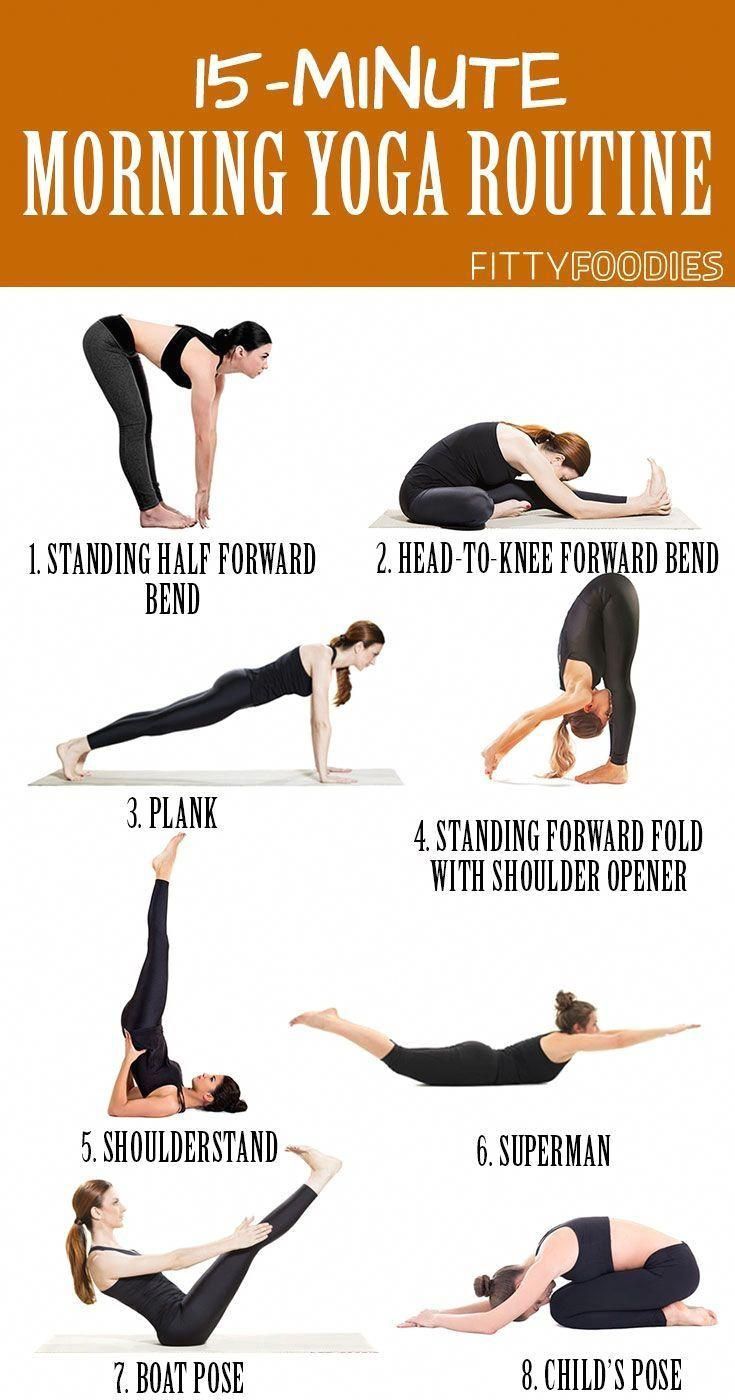
Iyengar yoga, a popular style for beginners, is great. It stresses focus, awareness, alignment and awareness. It also offers a therapeutic approach. It is easy to follow and provides a good introduction to yoga. You'll learn how to perform all the postures and discover your own personal best.
Iyengar Yoga is a style for yoga for beginners.
Iyengar yoga, one of the most well-known styles of yoga worldwide, is the most commonly practiced. This style, which originated in the 70s, is based on B.K.S.'s teachings. Iyengar also wrote the classic book Light on Yoga. Iyengar emphasises proper technique and alignment. It includes more than 200 poses as well as fourteen breathing techniques. Because of this, it is suitable for beginners as well as more advanced yogis.
There are many types of yoga. Iyengar is the best for beginners. It emphasizes precise alignment, proper posture, and breathing. Many studios offer props to help beginners to make it easier to learn.
It stresses alignment, focus, awareness, and coordination.
Iyengar yoga offers a systematic, methodical approach to yoga. This style is perfect for beginners as it emphasizes alignment, focus and awareness. It will help you to understand your body and learn the different sequences of poses.

To help achieve correct alignment, asanas can be held longer. The emphasis is on skeletal, and muscular alignment. To assist students in attaining the correct alignment, props may be used. Breathwork and meditation are encouraged. An experienced teacher will guide you through the practice.
It is a complex technique
The Iyengar style of yoga is a good choice for beginners because of its emphasis on alignment and use of props. These aids help students achieve correct alignment so that they can perform asanas safely and harmoniously. This style is more focused on experimenting than yoga, and encourages a methodical approach that helps beginners avoid getting injured.
Although Iyengar yoga is not a religious practice, it is rooted in Hindu philosophy and tradition. As such, students are encouraged to develop spiritually as they practice the technique. Beginning students can modify or use props to help them avoid injury or pain.
It's a therapy practice.
Iyengar Yoga can be therapeutic for any level of practitioner, whether you are a beginner or a seasoned practitioner. The style combines asanas with pranayama, to unite your body and mind. While asanas are a physical exercise that strengthens and stretches the body, pranayama exercises purify the body's energy. Combining these two techniques can transform the way you feel and increase your spirituality. To become certified to teach Iyengar yoga, teachers must adhere to a code of ethics, have completed an extensive study program, and have passed both written and practical examinations. They must also maintain their certification through continuous practice and teaching.
Iyengar is known for its flexibility and adaptability. You can use yoga props to modify the poses. Beginners should begin with the basic poses of yoga, building their strength and flexibility as they progress. If you are looking for an intense cardiovascular workout, there are other styles like power yoga or vinyasa.

It is a transformational experience
Iyengar Yoga for Beginners is a wonderful place to begin, regardless of whether you are new or an old practitioner. The class will not only challenge your physical body, but also your mind and spirit. You will be transformed from the inside.
Iyengar yoga beginners emphasizes alignment and correct forms when performing the poses. This type of yoga improves strength, stamina and flexibility. It helps students live in the moment.
FAQ
Is it necessary to be flexible in order to practice yoga?
It depends on what kind of yoga you choose. You may need to be flexible in some styles of yoga, while others will help you build muscle strength.
Also, yoga style dictates the level of flexibility required. Beginners might be able to just stretch their arms straight up. Intermediates may only need to reach overhead. Intermediate practitioners may need more flexibility and might have to touch their toes while bending forward. Advanced practitioners might need to do deep twists or bends.
Do I need any special equipment to practice yoga?
Yoga is a sport that can be done without any special equipment. You might prefer to use certain props, such as blankets, straps and blocks.
If you are interested in buying these items, please check out our Yoga Equipment Guide. We prefer to use natural materials instead of plastic.
Do I need to get warm before doing yoga?
No. It's not necessary to warm-up before doing a yoga session.
However, stretching your muscles before going to exercise can help to relax stiff or sore muscles.
How long does yoga take?
Yoga is a lifelong journey that requires dedication and patience. Learning new things takes everyone at their own pace.
It doesn't make a difference how old you might be. If you're willing to put in the effort and work hard, any yoga routine can be achieved.
Are there any side effects to yoga?
As with any form of exercise, yoga can have its risks. Injury is the biggest danger. The main risk is injury.
You might feel dizzy or faint if you are new to yoga.
This happens because of blood pooling in the brain. This sensation will quickly go away, but don't panic.
Do you feel chest pains when doing downward-facing dog? Don't hold the breath. This will only increase your heart beat and make it worse.
Is yoga safe?
Yoga is safe for all abilities, ages, genders and ethnicities. Yoga has been practiced for thousands upon thousands of years without side effects.
You should consult your doctor if there are any health conditions you may have before beginning an exercise program.
What foods are best to avoid after I do yoga?
Some foods may cause you to lose energy. It can also make you feel bloated, or cause stomach cramps. If you feel tired after practice, you may want to eat something light and nourishing.
Statistics
- The people in the yoga group were 37 percent more likely to have quit smoking by the end of the 8-week program. (nccih.nih.gov)
- About one in seven U.S. adults practiced yoga in the past 12 months, according to a 2017 national survey. (nccih.nih.gov)
- A 2020 review of 27 studies (1,805 total participants) of yoga interventions in children or adolescents found reductions in anxiety or depression in 70 percent of the studies, with more promising results for anxiety. (nccih.nih.gov)
- Gentle yoga has been shown to ease some of the discomforts of tender, swollen joints for people with arthritis, according to a Johns Hopkins review of 11 recent studies. (hopkinsmedicine.org)
- According to the Agency for Healthcare Research and Quality, falls are incredibly common among older adults in nursing facilities. Even the simplest ones can increase the risk of death (24). (healthline.com)
External Links
How To
Is yoga a good way to exercise?
Yoga isn’t just for those who want to lose weight. Yoga helps you to develop flexibility, balance coordination, strength and calmness.
Yoga isn’t just exercise. Instead, it’s an art form. These poses can be used to help you relax and meditate. These poses help improve our posture, concentration, breathing, and overall health.
Yogis are those who practice yoga. Yogis follow various forms of yoga, including Hatha, Ashtanga, Iyengar, Vinyasa, Bikram, Kundalini, Yin Yang, and Restorative.
There are many types and styles of yoga. But they all share similar goals. Each type focuses on different aspects of health and wellness. You can choose from meditation, pranayama or Hatha yoga.
Some yoga exercises that require no equipment are:
-
Sun Salutation: This series of 12 postures begins with a forward bent, and then 10 additional poses.
-
Warrior Pose: While holding a stick, or staff, you can do a warrior pose.
-
Triangle Pose: This is where one leg is lifted behind the other and you bend at your knees.
-
Standing Forward Bend - This position involves bending forward from the waist and putting your legs straight on the floor.
-
Seated Twist – This pose can be performed while seated on either a chair or a mat.
-
Cobra Pose: This position is done lying on your back, arms raised.
-
Child's posing - This position is performed while facing up on the ground.
-
Cat/Cow Pose- This is a combination of a cat/cow pose. Your upper body should be lifted off the ground while you are lying down. Now roll to your side, and then place your hands below your shoulders.
-
Head Tilt - This pose is done by tilting your head back and keeping your eyes closed.
-
Shoulder stand - This position involves standing straight up with your arms and feet raised above the head.
-
Tree Pose- You can achieve this pose by kneeling on one knee with your hands under you shoulders.
-
Bow Pose - This pose is completed by bending forward from the hips and placing your palms on the ground.
-
The corpse pose is held for five to ten minutes.
-
Mountain Pose- You can call this mountain pose because your spine is straight up and you are tall.
-
Legs up the Wall Pose – This pose involves hanging upside down from a wall.
-
Side Angle Pose – This is achieved by leaning against the wall and placing your right arm near the wall.
-
Plank Position: This is when your legs are bent at the waist and your arms extend out to one side.
-
Bridge Pose: This pose can be achieved by balancing on your elbows or toes.
-
Reverse Table Top - This position is achieved by lying on the stomach and reaching your arms towards your ceiling.
-
Handstand – This pose requires strength and balance. This pose can be done by placing your hands between two walls, or using a door frame.
-
Half Moon Pose- Also known as Hero Pose. It's performed by standing on both your hands and toes.
-
Headstand (or Hold) - This requires strength and balance. You can perform this pose either on a wall or using a doorframe.
-
Forearm Balance -- This pose involves your forearms resting on top of a tabletop.
-
Spinal Twist - This pose lies on your belly while reaching your arms.
-
Supported bound angle pose - This pose needs support and balance. For support, use a beam or tree branch to help you balance.
-
Wide Leg Forward - This position involves extending your legs and touching your toes.
-
Single Pigeon Pose - This pose is similar to the wide leg forward fold but has only one leg extended.
-
Extended Puppy Dog Poses are very relaxing. It's done by extending your legs outward and bending your knees.
-
Situated Forward Bend – This pose allows you to sit cross-legged while stretching your calves.
-
Crow Pose - Although this pose is hard to do, it can be extremely rewarding once mastered. The trick is to raise your arms higher than your head and lower them so that they touch the ground.